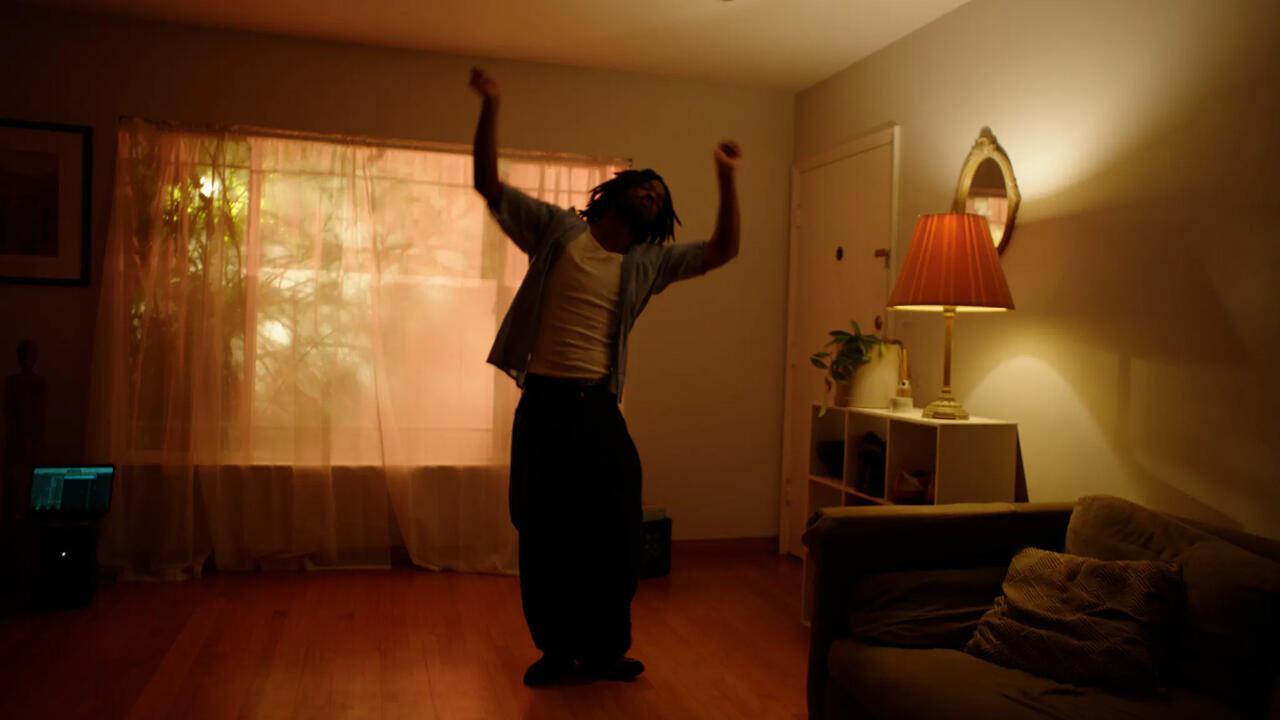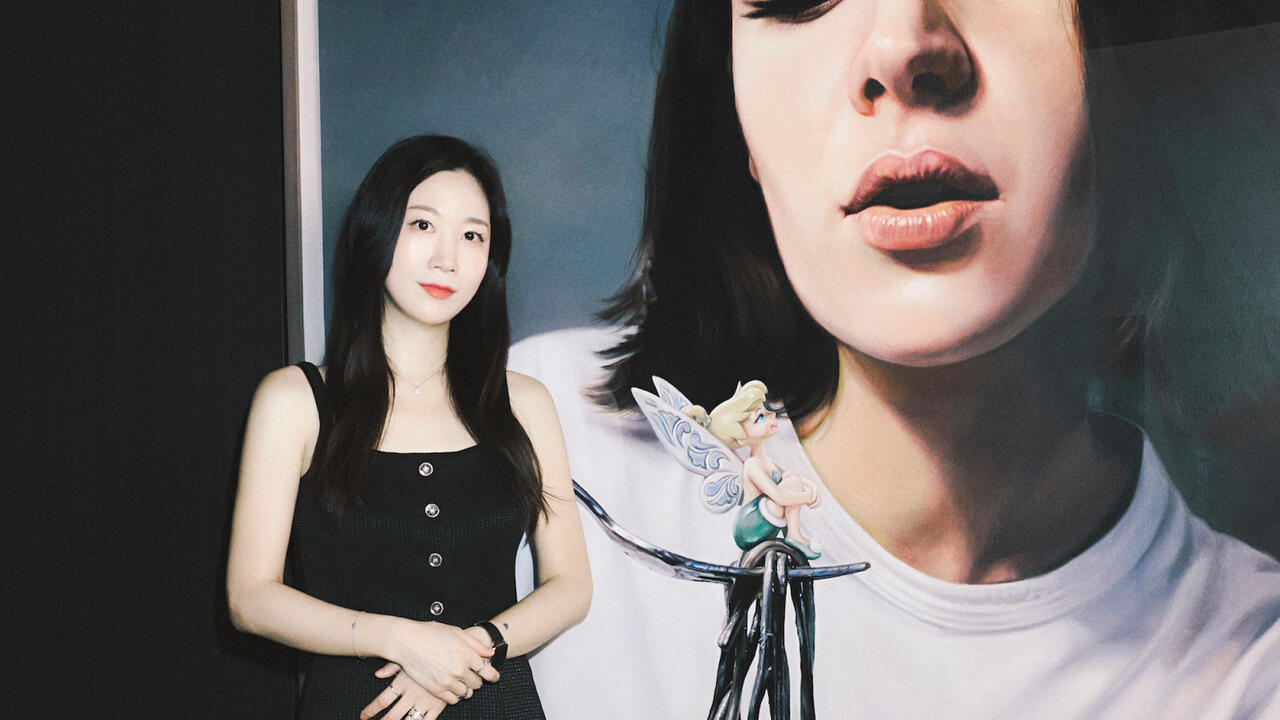What is a Civic Artist?
At Frieze Los Angeles’ ‘Conversations on Patronage’, Andrea Bowers discussed her work as an ‘artist activist’
At Frieze Los Angeles’ ‘Conversations on Patronage’, Andrea Bowers discussed her work as an ‘artist activist’

When artist Andrea Bowers began a quick overview of her practice by playing news clips covering her recent public project Somos 11 Millones/We Are 11 Million (in collaboration with Movimiento Cosecha) (2018) it took the morning crowd in the Sherry Lansing Theatre a moment to register that an English translation would not be coming. Instead, the highlight reel of on-the-street and passerby interviews were given in Spanish, by immigrants in New York City, and compiled from the Telemundo television network.
Bowers has developed her methodology, even if the results or intentions remain unfixed until the end: decide on a case or subject – an activist group, activist, or action – then research the group or environment. For 11 Million, commissioned for New York’s High Line, she had the institution conduct the outreach and communication with Movimiento Cosecha, a local organization of ‘DREAMers’ – documented but legally unresolved US residents who have become a contested population under the current administration. In initiating this working relationship, High Line staff would grow comfortable working with this activist group, and could continue to do so after Bowers’s involvement ended. The artist had Movimiento generate two slogans for the sign, and Bowers picked the shorter one of the two; it would be cheaper to produce.
‘I see myself as an artist activist,’ she declared while clicking through images of the glowing red neon 11 Million installation lifted from Instagram. ‘I worked for Suzanne Lacy’ – seated a few feet from her onstage – ‘in her practice programme for 11 years, and it changed my life. I’ve always worked this way, but she helped me to consciously understand what I was doing […] She has a deep commitment to the community [she works with]. Activists don’t have time for a big community project, so what can I do as an artist? I can fundraise [for them]; I can document, or bear witness; and I can literally provide visuals. I make agitprop. Ask the person, ‘What do you need?’ Their needs are so much more creative than anything I could ever come up with.’
While such direct action from an individual is heartening, systemic funding is a more sustainable – and democratic – approach. At the Frieze LA talk, ‘Conversations on Patronage: What is a Civic Artist’, Bowers was joined by fellow panelist Kristin Sakoda, Executive Director of the Los Angeles County Arts Commission. Sakoda discussed LA’s civic art programme, which sets aside one percent of the budget for any county capital project for commissioning public works of art, whether it be a sculpture or social practice performance. The Commission also invites artists to tackle evolving urban obstacles. For last year’s Yes to ADU project, the city launched a design competition for architects and artists to reimagine the Accessory Dwelling Unit, a supplemental housing structure often built in private backyards, in response to Los Angeles’s quickly escalating housing crisis. The Arts Commission has also started to embed artists within county departments: one may be teamed up with the Registrar-Recorder to envision and galvanize the community engagement around the local voting system. The artist’s approach to modern city life may be the way we can all start to reimagine the community – or at least give voice to eleven million perspectives on the matter.
‘Conversations on Patronage: What is a Civic Artist?’ took place at Frieze LA, 15 February 2019. For more information on the fair’s talks programme, click here.
Main image: Andrea Bowers, Somos 11 Millones/We Are 11 Million (in collaboration with Movimiento Cosecha), 2018. Courtesy: the artist and The High Line























